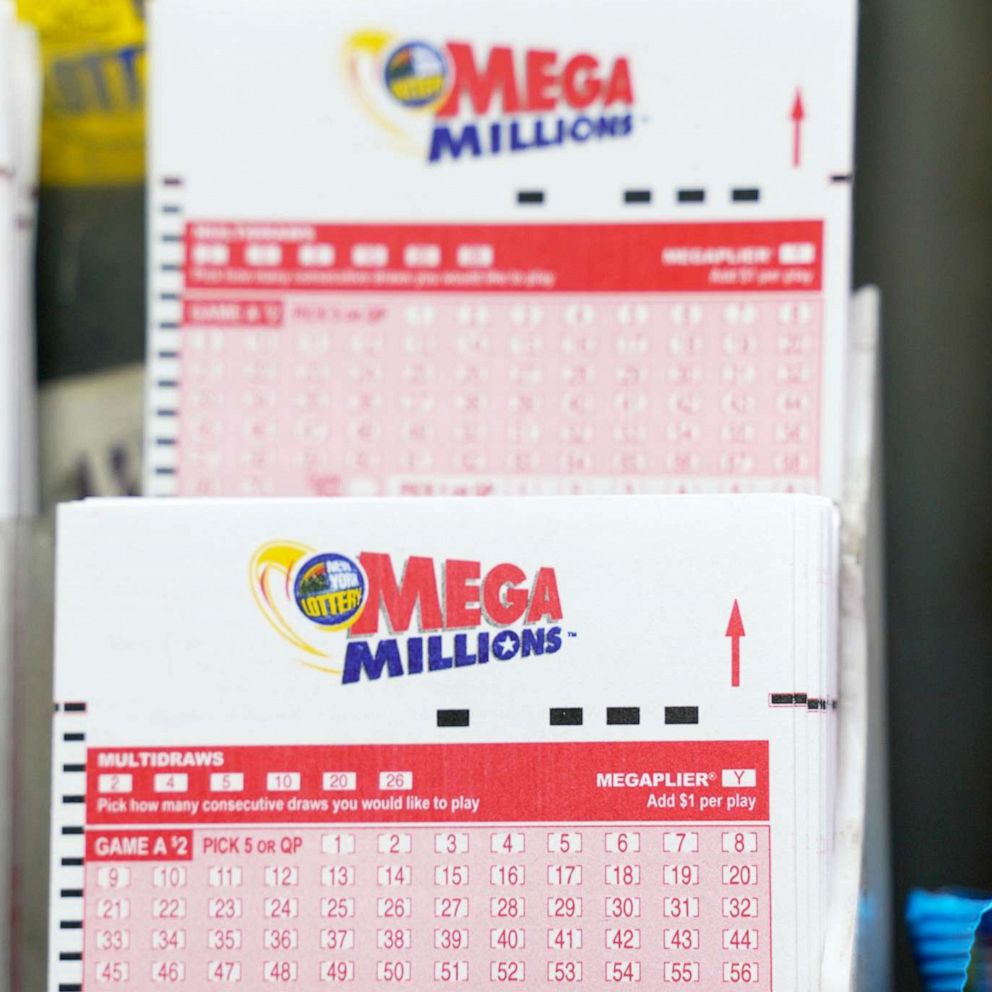
The lottery originated in Italy, where King Francis I discovered that it was a lucrative way to boost the state’s finances. The first lottery in France was held in 1539 and was called the Loterie Royale. Authorized by the edict of Chateaurenard, this was an expensive venture that was met with strong resistance from the social classes. The project was eventually banned for two centuries, although some lottery games were allowed in some areas.
Lottery is a form of gambling
A lottery is a game of chance where a set of random numbers are drawn to determine the winner. While some governments outlaw this practice, others endorse it and regulate it. Common regulations include prohibiting the sale of lottery tickets to minors and requiring vendors to be licensed. In the early twentieth century, most forms of gambling were illegal, but after World War II, many countries made lotteries legal.
Many state governments have grown dependent on lottery revenues, making its management a crucial issue. But there are always pressures to expand the lottery’s reach. A recent study in Oregon found that every state that experienced a financial crisis enacted new gambling laws. In fact, Oregon now has more forms of legal gambling than any other state. It is therefore important for politicians to balance competing interests, especially when the lottery is so widespread and so lucrative.
In the United States, there are 37 state lotteries. They are the most popular form of gambling. Most adults have played a lottery at one time or another. However, while the prizes are generally set in advance, players still run the risk of losing money.
People from low income brackets don’t play the lottery
Lottery statistics reveal that many people from low income brackets don’t play. One reason for this is the abuses of lotteries, especially in the past. For example, the government abused the lottery to fund projects in American colonies. Today, however, lottery abuses are less common.
This isn’t surprising when you consider that the lottery is a source of temporary financial freedom for the lucky few. In 2016, lottery sales in the U.S. totaled $80.5 billion. And even though the odds are small, residents of states across the country spend millions of dollars on lottery tickets each year. According to Bankrate.com, households in the lowest income bracket spend 13 percent of their annual income on tickets, compared to just 1% of those making over $30,000.
According to a study by the Howard Center for Investigative Journalism, retail locations that sell lottery games are typically located in poorer neighborhoods. These neighborhoods are home to a higher percentage of black and Hispanic people.
Indian lotteries are run by state governments
In India, lottery draws are defined and positioned by state governments based on a variety of parameters, such as ticket price, technology use, and public image. Some lotteries focus on their preferred user segments, while others try to cover a broader user base. However, the legal barriers and high GST rate are not always enough to prevent illegal lotteries from thriving in India. Many players are turning to online distribution platforms, black market retailers, and other alternatives.
The official state lotteries in India are run by state governments, with local government agencies regulating the game. These agencies also oversee network sales agents and wholesale distributors. The national lottery Sugal & Damani has a large market share in Goa and is looking to expand its operations in the state lotteries of Punjab and Maharashtra.